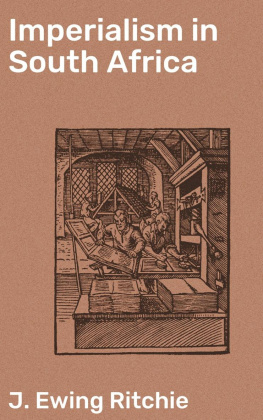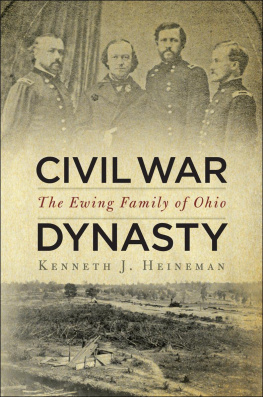J. Ewing (James Ewing) Ritchie - The Night Side of London
Here you can read online J. Ewing (James Ewing) Ritchie - The Night Side of London full text of the book (entire story) in english for free. Download pdf and epub, get meaning, cover and reviews about this ebook. year: 2015, publisher: CreateSpace Independent Publishing Platform, genre: Detective and thriller. Description of the work, (preface) as well as reviews are available. Best literature library LitArk.com created for fans of good reading and offers a wide selection of genres:
Romance novel
Science fiction
Adventure
Detective
Science
History
Home and family
Prose
Art
Politics
Computer
Non-fiction
Religion
Business
Children
Humor
Choose a favorite category and find really read worthwhile books. Enjoy immersion in the world of imagination, feel the emotions of the characters or learn something new for yourself, make an fascinating discovery.

- Book:The Night Side of London
- Author:
- Publisher:CreateSpace Independent Publishing Platform
- Genre:
- Year:2015
- Rating:4 / 5
- Favourites:Add to favourites
- Your mark:
- 80
- 1
- 2
- 3
- 4
- 5
The Night Side of London: summary, description and annotation
We offer to read an annotation, description, summary or preface (depends on what the author of the book "The Night Side of London" wrote himself). If you haven't found the necessary information about the book — write in the comments, we will try to find it.
J. Ewing (James Ewing) Ritchie: author's other books
Who wrote The Night Side of London? Find out the surname, the name of the author of the book and a list of all author's works by series.
The Night Side of London — read online for free the complete book (whole text) full work
Below is the text of the book, divided by pages. System saving the place of the last page read, allows you to conveniently read the book "The Night Side of London" online for free, without having to search again every time where you left off. Put a bookmark, and you can go to the page where you finished reading at any time.
Font size:
Interval:
Bookmark:

NIGHT SIDE OF LONDON.
J. EWING RITCHIE,
author of the london pulpit , etc.
Or seen with least reproach.
* * *
I do confess them nurseries of the arts.
* * *
Such London is, by taste and wealth proclaimd
The fairest capital of all the world,
By riot and incontinence the worst.
WILLIAM TWEEDIE, 337, STRAND.
mdccclviii .
page |
introduction |
seeing a man hanged |
catherine-street |
the bal masque |
up the haymarket |
the canterbury hall |
ratcliffe-highway |
judge and jury clubs |
the cave of harmony |
discussion clubs |
the cyder cellars |
leicester-square |
dr johnsons tavern |
the sporting public-house |
the public-house with a billiard-room |
the respectable public-house |
night-houses |
highbury barn |
boxing night |
the mogul |
caldwells |
cremorne |
the costermongers free-and-easy |
the police-court |
the eagle tavern |
the lunatic asylum |
Font size:
Interval:
Bookmark:
Similar books «The Night Side of London»
Look at similar books to The Night Side of London. We have selected literature similar in name and meaning in the hope of providing readers with more options to find new, interesting, not yet read works.
Discussion, reviews of the book The Night Side of London and just readers' own opinions. Leave your comments, write what you think about the work, its meaning or the main characters. Specify what exactly you liked and what you didn't like, and why you think so.




